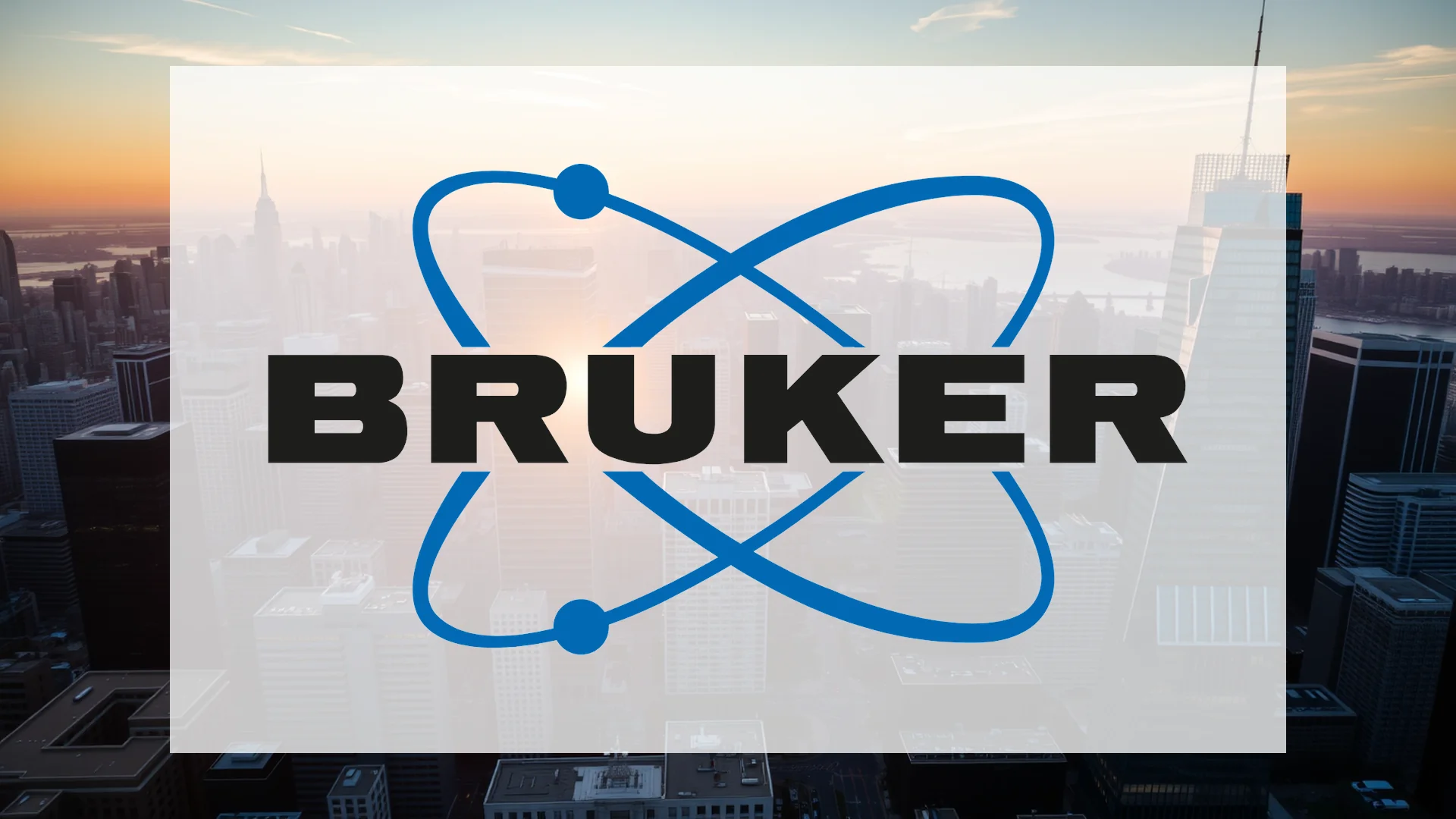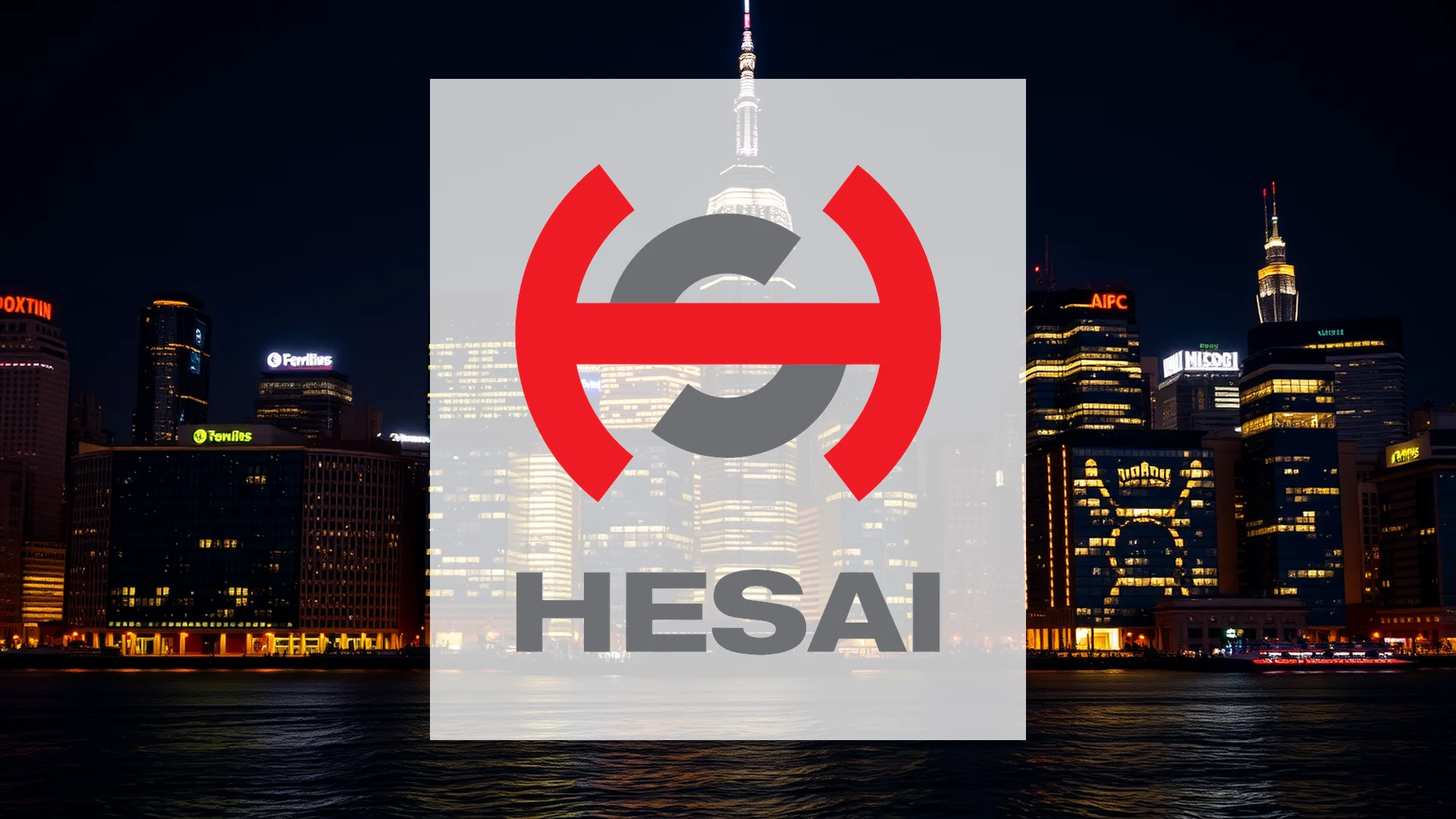Scientific instrument manufacturer Bruker finds itself at a critical juncture. Despite delivering a quarterly earnings surprise, the company’s stock faced a severe sell-off following a substantial reduction in its annual outlook and a significant asset impairment charge. Investors are now weighing whether this presents a buying opportunity or signals the start of a prolonged decline.
Strong Quarterly Performance Overshadowed by Guidance Cut
Bruker’s third-quarter results initially appeared robust. The company reported earnings per share of $0.45, substantially exceeding the $0.33 consensus estimate. Revenue reached $860.5 million, also surpassing analyst projections. However, this positive news was quickly eclipsed by management’s revised forecast for the full year.
The company now anticipates minimal revenue growth of just 1-2 percent. More concerning is the underlying business performance: excluding contributions from acquisitions and favorable currency movements, Bruker’s core operations are expected to contract by 4-5 percent.
Goodwill Impairment Raises Acquisition Concerns
The most alarming development for shareholders was a $96.5 million goodwill impairment charge. This non-cash accounting adjustment reflects reduced value of previously acquired assets and pushed the company into a loss position for the quarter. Market participants interpret this as evidence that past acquisitions have failed to deliver expected returns, raising questions about the company’s strategic deployment of capital.
Analyst Community Maintains Cautious Stance
Financial institutions covering Bruker have responded with measured skepticism. TD Cowen maintains a “Hold” rating with a $42 price target, while UBS Group has a “Neutral” stance and a $43 target. Even the more optimistic analysts at Wells Fargo reduced their price objective to $48. The consensus among market experts appears to be one of cautious waiting, with an average price target of $48.30.
Should investors sell immediately? Or is it worth buying Bruker?
Institutional investor activity reveals a divided picture. Some major holders, including Mitsubishi UFJ, have trimmed their positions. Conversely, other significant players such as Goldman Sachs and Nuveen have substantially increased their stakes. Corporate insiders have also been active in the market, executing several sell transactions.
Potential Catalysts and Recovery Initiatives
Despite the current challenges, several factors could support a future recovery. Bruker has implemented cost-saving initiatives targeting annual savings of up to $120 million by 2026. Management remains confident in its ability to deliver double-digit earnings per share growth, even amid declining core revenue.
The company continues to demonstrate innovation in growth segments. Recent FDA clearances for its MALDI Biotyper system and substantial orders for its AI-chip metrology technology indicate competitive strength in developing markets.
The crucial question facing investors is whether Bruker can successfully navigate through this challenging period and capitalize on an anticipated recovery in research and development spending across its customer base. Upcoming quarterly reports will reveal whether the current cost discipline is yielding results or if further volatility lies ahead.
Ad
Bruker Stock: Buy or Sell?! New Bruker Analysis from November 17 delivers the answer:
The latest Bruker figures speak for themselves: Urgent action needed for Bruker investors. Is it worth buying or should you sell? Find out what to do now in the current free analysis from November 17.
Bruker: Buy or sell? Read more here...









